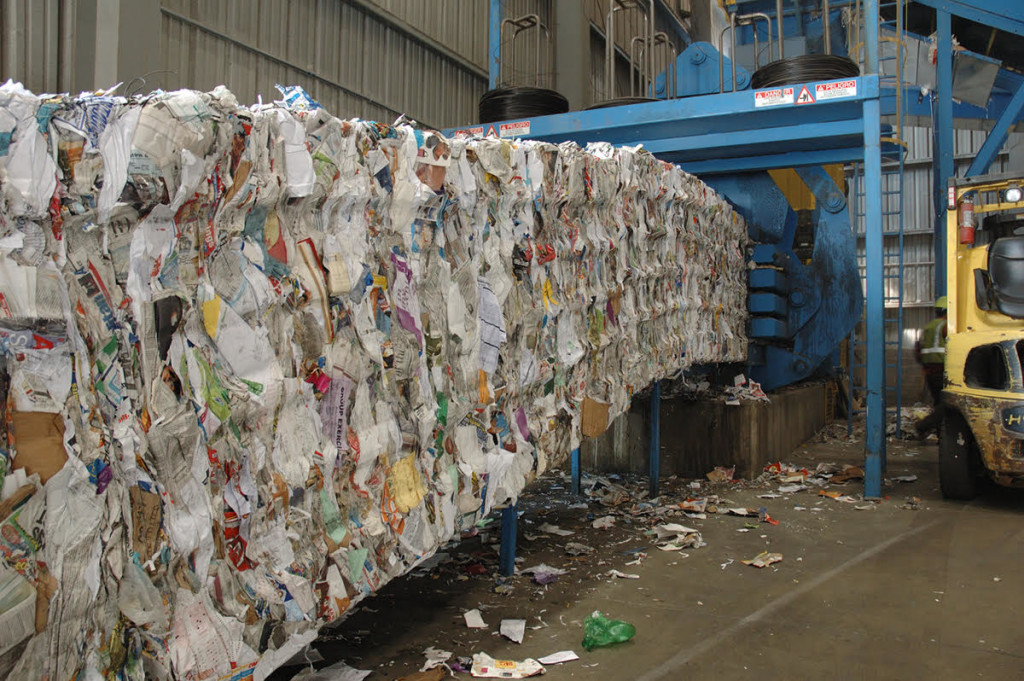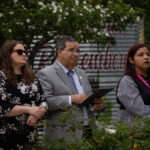By Ryan Carreon
Across the nation, many campuses are going green by increasing recycling initiative programs. Texas A&M University-San Antonio is no exception. However, the campus’ recycling program is still new, with room for growth.
“There really isn’t a robust materials recycling program in place on campus,” said David Wagner, director of facilities.
The university’s Main Campus receives recycling services from two different companies. Waste Management collects trash and recyclables for the Central Academic Building, Patriots’ Casa and the Auditorium. Republic Services collects for the Frank Madla Building and Brooks City-Base campus.
Senior Business Coordinator Veronica A. Garcia-Lopez said A&M-San Antonio pays a monthly fee of $1,127.01 to Waste Management and $1,076.76 to Republic Services.
Contents of the bags can be co-mingled, meaning all items are placed together since both companies provide the dumpsters and do all the sorting at their respective facilities.
“We [A&M-San Antonio] don’t get anything for that [sorting], as far as a little revenue stream,” Wagner said. “If we did the work here, simply speculating, then students would volunteer time to separate. But believe me, it has to be a huge amount and it has to be over a period of time before it becomes profitable.”
A&M-San Antonio will offer labeled containers for trash and recycle for upcoming events including Festival De Cascarones on April 24.

In addition to trash recycling, the university established sustainability efforts in energy efficiency and water conservation to further promote the use of non-Edwards Aquifer water resources.
Campus facilities use underground and surface water cisterns to capture water from condensation, evaporation and rain runoff for recycled water purposes such as irrigation on Main Campus. Drinking fountains on campus are fitted with carbon and filament filters to eliminate free floating particles and odors.
According to the University’s energy management program report, the campus has many sustainability initiatives utilizing state of the art systems to make campus buildings more energy efficient. One of those initiatives is the implementation of occupancy sensors in classrooms by controlling light sensors based on occupants’ activity in a room to reduce electricity use.
The same report states that as of August 2015, the Energy Use Index (EUI) of the main campus dropped 17 percent in energy use per square foot since June 2013.
Overall efforts to meet environmental standards can also be seen in the academic facilities.
Each building meets the Leadership in Energy and Environmental Design (LEED) Silver Standard, set by the U.S. Green Building Council (USGBC).
According to an article on the USGBC’s website, LEED certification is done by a third-party verifying whether a building, house or community is built and designed using sustainable practices for the public and environment. Certification runs on a 100-110 point system for non-residential projects. A single building falls between 50-59 points for LEED Silver Standard.
As A&M-San Antonio continues to expand, so will the university’s efforts in sustainability, conservation, and recycling.






